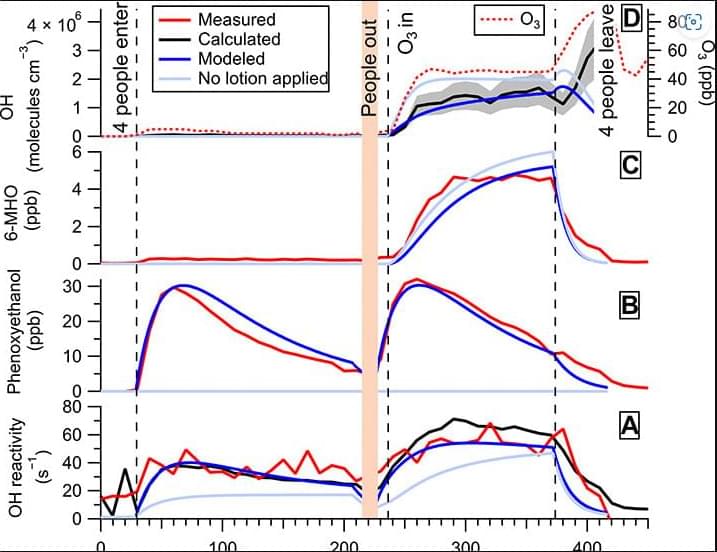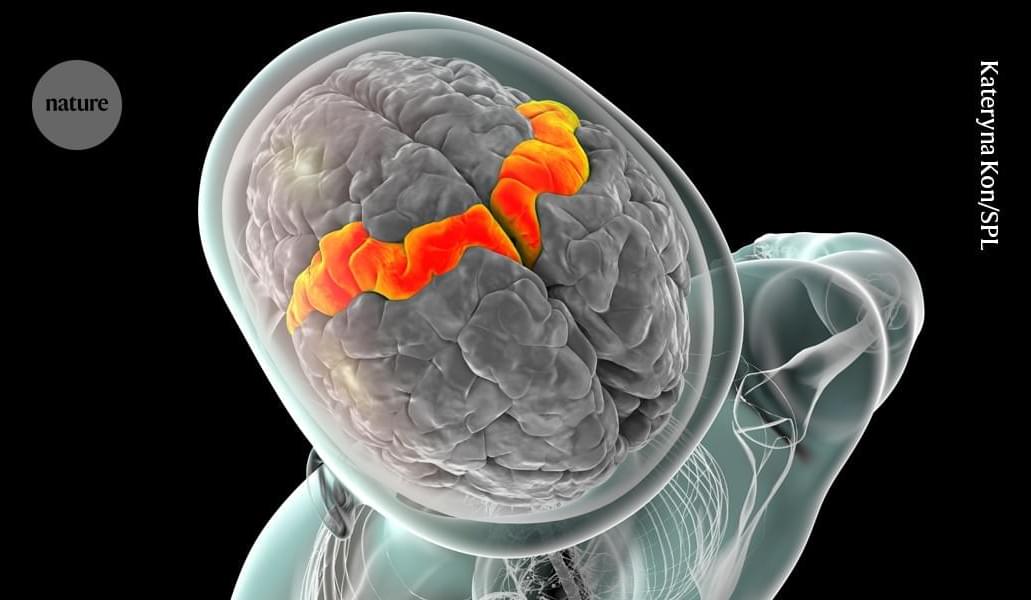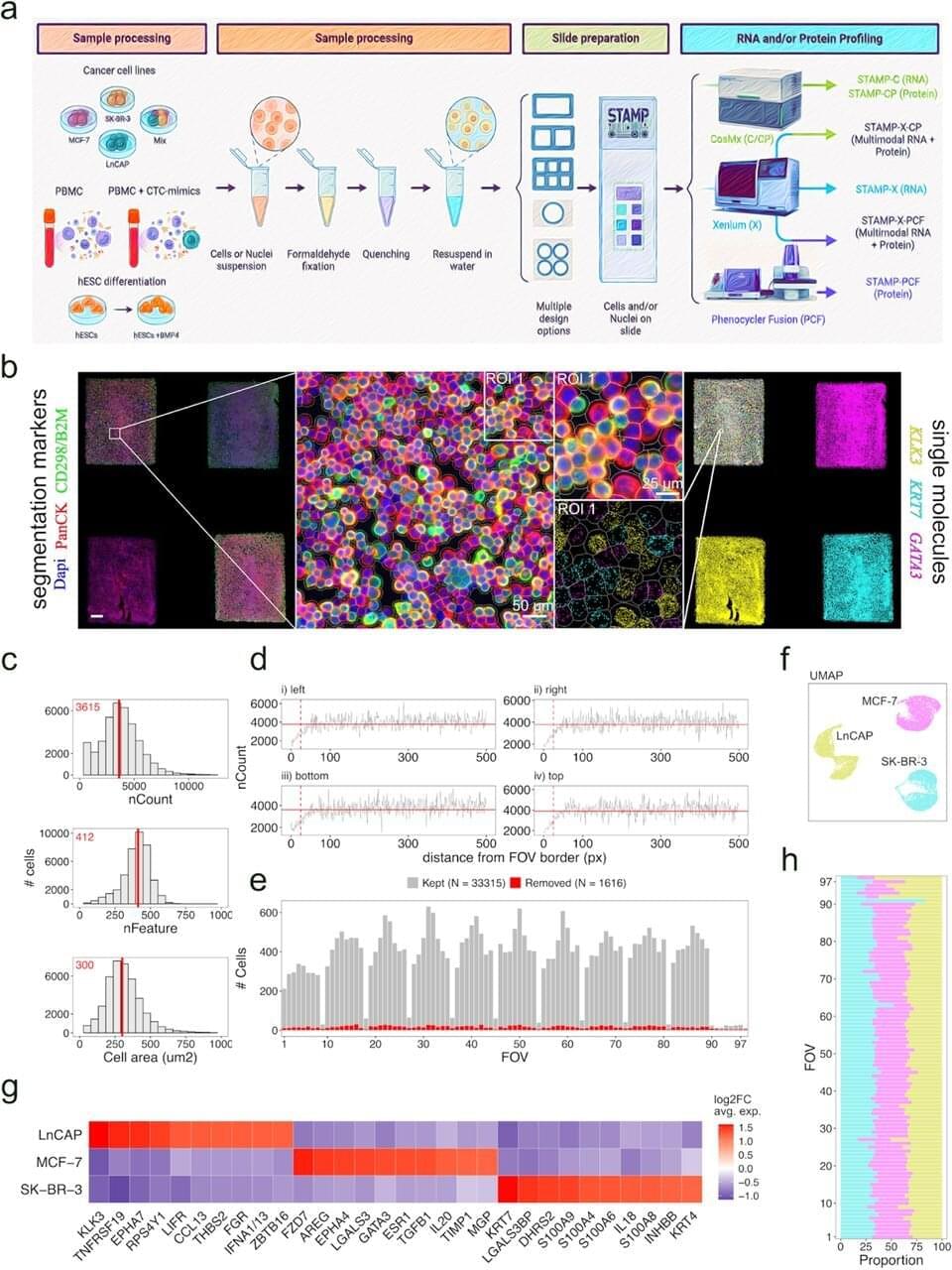Mysterious seismic signals from massive North Atlantic storms are rippling through Earth’s core and surfacing in remote Australia. Scientists from the Australian National University (ANU) have discovered that powerful winter storms in the North Atlantic Ocean send energy waves deep through the Ea
Sci. Adv. 11, eads7908 (2025). DOI:10.1126/sciadv.ads7908
Select the format you want to export the citation of this publication.
Adobe patched 254 flaws, mostly in Experience Manager, impacting cloud and on-prem users, preventing critical code execution risks.
Cybersecurity researchers have uncovered a new account takeover (ATO) campaign that leverages an open-source penetration testing framework called TeamFiltration to breach Microsoft Entra ID (formerly Azure Active Directory) user accounts.
The activity, codenamed UNK_SneakyStrike by Proofpoint, has targeted over 80,000 user accounts across hundreds of organizations’ cloud tenants since a surge in login attempts was observed in December 2024, leading to successful account takeovers.
“Attackers leverage Microsoft Teams API and Amazon Web Services (AWS) servers located in various geographical regions to launch user-enumeration and password-spraying attempts,” the enterprise security company said. “Attackers exploited access to specific resources and native applications, such as Microsoft Teams, OneDrive, Outlook, and others.”
Microsoft patches 67 vulnerabilities, including a WEBDAV zero-day actively exploited by Stealth Falcon. Critical for enterprise security.
Black Basta affiliates use Teams phishing, Python scripts, and cURL to attack finance, insurance, and construction sectors.
Coordinated brute-force attacks target Tomcat Manager; exposed cameras leak sensitive data globally.
INTERPOL and 26 countries dismantled 20,000+ malicious IPs tied to info-stealing malware, disrupting global cybercrime networks.
Scientists at St. Jude Children’s Research Hospital, the National Center for Genomic Analysis and the University of Adelaide have created a single-cell RNA analysis method that is 47 times cheaper and more scalable than other techniques.
Single-cell RNA sequencing provides scientists with important information about gene expression in health and disease. However, the technique is expensive and often prohibits analysis of large numbers of cells.
Scientists from St. Jude Children’s Research Hospital, the National Center for Genomic Analysis and the University of Adelaide have created a method that combines microscopy with single-cell RNA analysis to overcome these limitations. The technique called Single-Cell Transcriptomics Analysis and Multimodal Profiling through Imaging (STAMP) can look at millions of single cells for a fraction of the cost of existing approaches.









